White bloom, powdery mildew and mint pests and control of them
Some gardeners believe that mint does not need care: planted and forgotten. This is a misconception - like other cultivated plants, aromatic grass responds to care with high yields and does not create problems. If plantings are not paid at all, they can get sick and be attacked by pests. For example, the appearance of white bloom on mint signals the presence of a common disease - powdery mildew. Only timely help will save the day and allow you to enjoy the inimitable taste of a drink made from fresh leaves, as well as prepare them for future use.
Diseases of mint and methods of dealing with them
A person appreciates mint for its taste, pleasant smell and content of nutrients. However, this crop also attracts many pests and pathogens. Having planted spicy grass on the site, you should not leave it without proper attention.
Preventive measures:
- do not leave plants in one place for a long time;
- cut the stems after harvest and burn them;
- reduce the content of nitrogen in the soil;
- apply phosphorus-potassium fertilizers.
Rust
A dangerous fungal disease is ubiquitous. It is expressed in the appearance of orange pads on the back of the leaves, which eventually turn brown.
The occurrence of the disease is associated with cool weather, high humidity, excess nitrogen in the soil.
Infected plantings need to be sprayed with fungicides, which is permissible only at the beginning of plant development. The risk of the disease also depends on the type of mint.
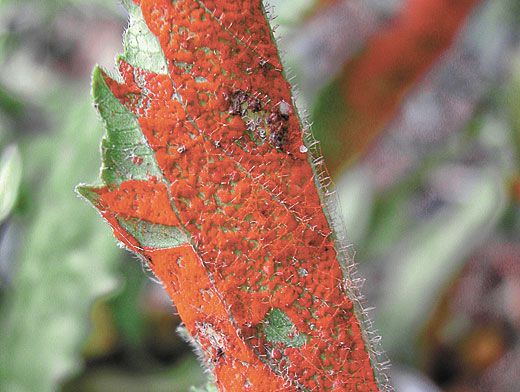
Powdery mildew
Powdery mildew cannot be confused with anything: a whitish bloom on the leaves and stems entangles the plants, like a cobweb. This phenomenon is typical for mature plants. In the future, the appearance of black fruiting bodies filled with spores is observed. The disease stimulates the August cold snap, abundant dew and an increase in air humidity. The fight consists of spraying the bushes with a weak solution of colloidal sulfur and pollination with gray ground. In autumn, deep plowing of the site is shown. Interestingly, mint varieties prone to powdery mildew are not affected by rust, and vice versa.
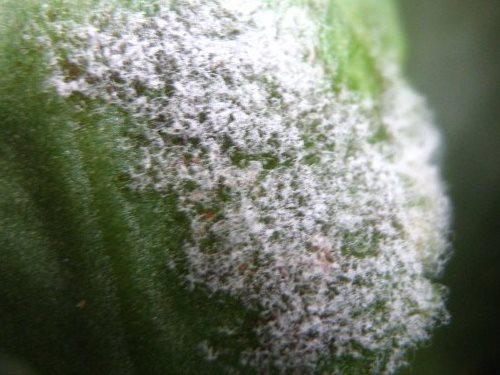
Fusarium wilting
The attack of the fungus causes a slowdown in plant growth, loss of elasticity, darkening of the lower part of the stem. In hot weather, plantings dry up, in rainy weather they rot. The risk of fusarium wilting increases in cold or dry summers in the absence of watering. The source of infection is plant debris and contaminated soil. Without treatment, most of the crop dies.

Phylostictosis
Infestation is indicated by leaves covered with small round spots of white with a brown rim. Later, black dots - pycnidia - form in the center of the spot, and the leaves begin to fall off. The fungal pathogen remains hibernating in plant residues and is activated at a temperature of + 23 ... + 28 degrees.
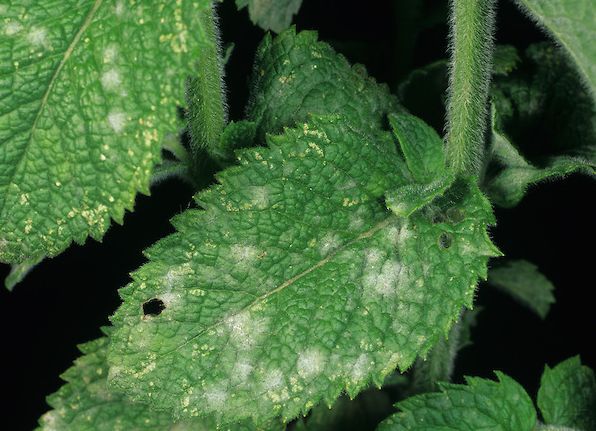
Anthracnose
The disease is expressed by brown spots, gradually turning white in the center of the leaves, which cover all the organs of the plant. Severe damage results in foliage dropping, twisting and thinning of the stems.
In most cases, the infection is hidden in plant debris.
Mint grown from seedlings has a higher risk of anthracnose contamination. However, this disease is not so common as to cause significant damage to the crop.
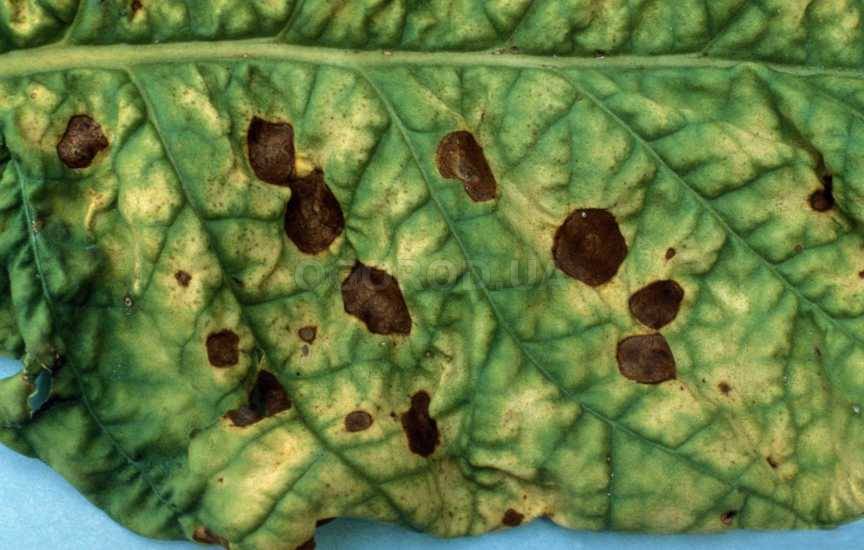
Ascochitosis
During the disease, specks with brown pycnidia become visible on the stems and leaves, combining 2-3. The growth of the bushes slows down, the stems bend, and the leaves dry up and fall off. Often, the fungus gets over from the catnip or motherwort, so you should avoid the proximity of these crops.
Septoriasis
The manifestation of a fungal disease is light spots with a dark edging, round or triangular. Black dots with pycnidia form in the middle of the spots. Cracks appear in this place, and the tissue falls out over time. The infection most often affects plantings located in swampy areas and places with a close occurrence of groundwater, at an air temperature of + 22 ... + 27 degrees.
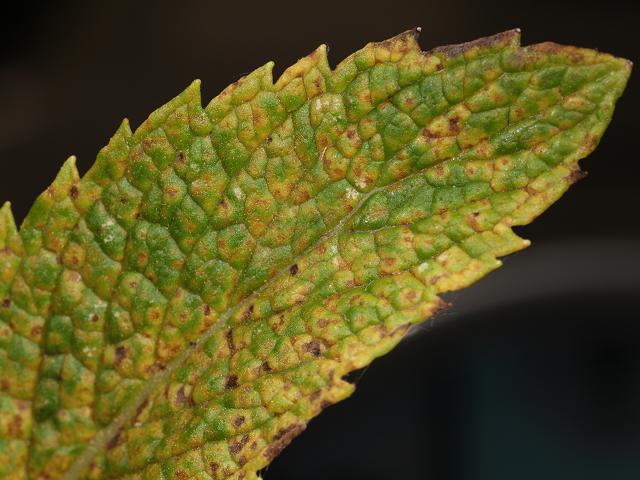
Peronosporosis
A dangerous disease that affects leaves and inflorescences. Symptoms are a barely noticeable, gray-purple bloom on the flowers and greenish shapeless spots on the outside of the leaves. The development of the disease leads to deformation and fall of foliage, a change in the color of the inflorescences to brown and their drying out. Rainy weather activates mint rot. Infection occurs by storing the spores and mycelium of the fungus in the harvest residues. The chances of developing the disease are reduced in dry, upland areas exposed to the wind.
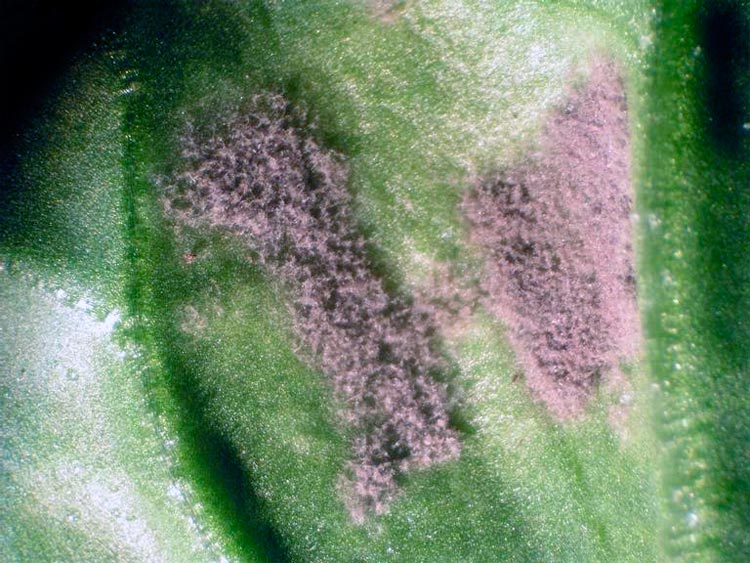
Overgrowth
An ailment caused by microplasma microorganisms manifests itself from the moment shoots appear. Plants are colored anthocyanin, stunted and do not form a root system. Otherwise, a lot of thinned shoots with hypertrophied inflorescences are formed.
Mint pests and methods of dealing with them
Pests attracted by the bright mint scent negatively affect the development of plantings.
This culture has many dangerous enemies, including:
- mint flea;
- mint leaf beetle;
- mint mite.
Mint flea
It annoys mint plantings from the moment of regrowth, perforating the leaves. Yellow bugs and maggots are activated in warm, dry springs. In favorable seasons, they cause significant damage to the culture. To combat insects during foliage formation, the Actellika solution is used.

Mint leaf beetle
A small green beetle with a bronze sheen and its larvae gnaw at the edges of the leaves and make holes in them. A large accumulation of the pest can destroy mint plantations. For the purpose of prevention, planting of plants on ridges with wide aisles is shown. Effective treatment with infusion of chamomile, hot pepper. In advanced cases, Metaphos or Chlorophos is used.

Mint mite
Mainly covers the southern territories. It emerges on the surface of the soil in May and feeds on the juice of the upper part of the stems until August.
Deep autumn digging of ridges, burning plant residues, replanting mint every two years and treatment with acaricidal preparations helps to cope with the insect.
In addition to these types of insect pests, the danger to mint is:
- Cicadas. They prefer to suck juices from young seedlings.
- Weevil beetles.Larvae eat the root system, adults gnaw the edges of the leaves.
- Meadow moths. A single specimen is capable of destroying an entire plant.
- Slobbering pennies. The damage is caused by adult insects and larvae that deform the shoots of the culture. They give out themselves as foamy lumps located on the stems and in the axils of the foliage.
- Wireworms. Clicker Beetle Larvae gnaw at the rhizomes. Remain in soil from potatoes or transmitted from wheatgrass.
- Medvedki. They destroy the roots, which causes the mint to die.
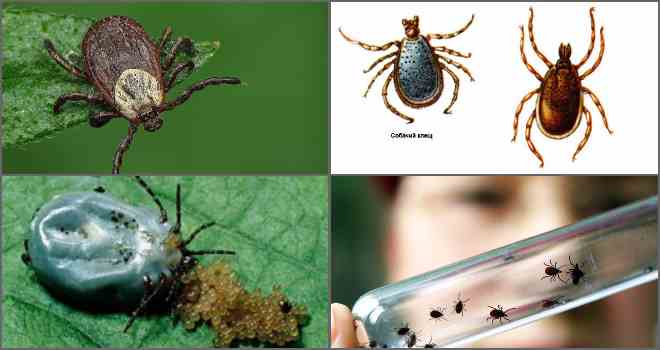
Caterpillars of burdock, round-winged moth, meadow moth and cabbage moth annoy with fragrant plantings.
General pest control measures include the use of insecticides if planting is too affected..
One-time spraying is allowed one month before harvest. This method is used as a last resort!
If you follow agrotechnical practices, preventive procedures are sufficient to minimize the risk of disease and pests affecting mint. In addition to the above methods, planting can be treated with a decoction of celandine, prepared from 200 g of leaves per bucket of water (it is kept for a day, after which a soap solution is added, and the decoction is ready). Some insects are frightened off by infusion of pine needles and a decoction of bird cherry branches.
You can add infusions to the list of environmentally friendly drugs for pest control:
- onion;
- garlic;
- tobacco;
- dandelion;
- yarrow.

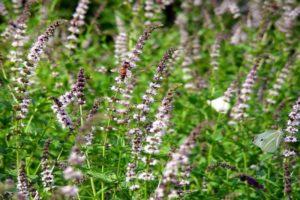

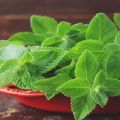
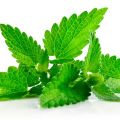
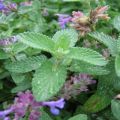
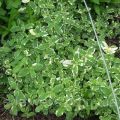
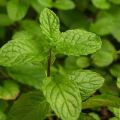
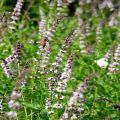
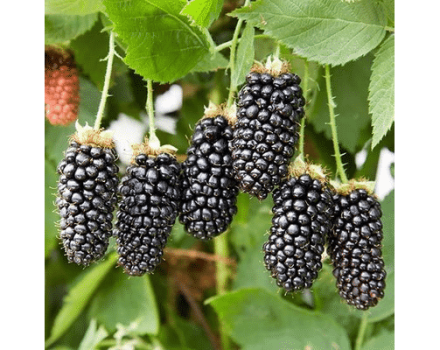
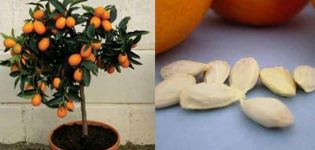
I have repeatedly come across powdery mildew, it seems to me that this disease is the most common. Now I definitely treat mint bushes with a solution of colloidal sulfur, this is the most effective remedy.